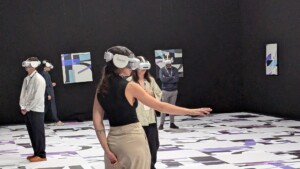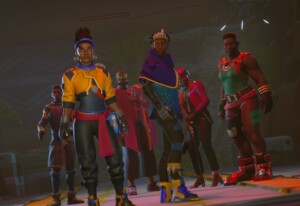A leader in 3D visualisation software, Interspectral has teamed up with the University of Florida to uncover the hidden secrets of reptiles and amphibians.
Using Interpsectral’s Inside Explorer technology, they are turning a series of scientific 3D CT-scans of frogs, snakes and more into an intuitive interactive 3D visualisation experience.
This latest development has been made possible thanks to a new collaboration with the Florida Museum of Natural History, home to over 40 million specimens in its diverse collections. Interspectral will have access to a unique, wide-ranging database of 3D CT scanned species families including lizards, chameleons, frogs, toads, salamanders and snakes.
“With this new content we have an amazing addition to our existing collection of 3D data to offer to science centres, universities and schools,” explains Interspectral’s Richard Bremer.
“Our ambition is to enrich the learning experience by making scientific data available to the public – an ambition shared by the researchers at University of Florida.”
Inside Explorer – the perfect tool to engage public with natural history
For this project, the team is working with David Blackburn, 3D scanning expert and Associate Curator of Amphibians and Reptiles.
The Florida Museum of Natural History is a pioneer in the field of 3D digitisation and specialises in creating high quality 3D anatomical scans of biological specimens. The museum is eager to share this ground-breaking data with researchers and museums around the world in an effort to transform the way vertebrates are studied.
Interspectral’s Inside Explorer is the perfect tool to present the data to students and the wider public in an engaging way. This is thanks to its unique combination of leading real-time rendering capabilities and an intuitive user interface. Visitors to museums and science centres, as well as students and schools, will be able to digitally dissect the reptiles and amphibians using touch gestures.
A key benefit is that numerous individuals can examine the specimens in detail without damaging precious scientific resources.
“We are very proud of working with one of the best teams in the world when it comes to 3D digitising biological specimens. The quality of data coming out from the labs is truly amazing,” adds Bremer.
“We see this agreement as the start of a long partnership that will benefit both the researchers and Inside Explorer users.”














